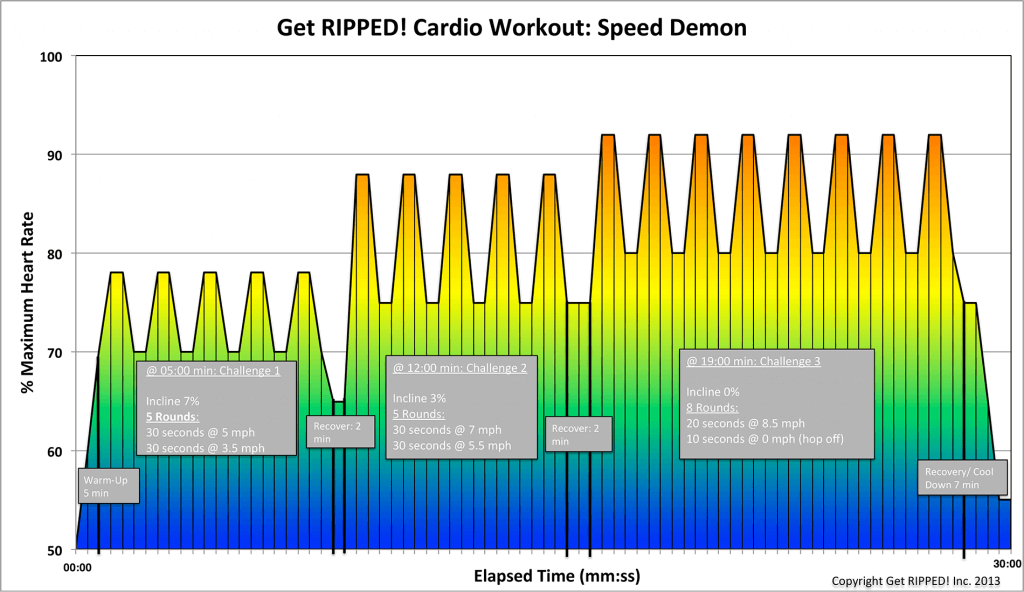Blog
Can Eating Meat Cause Diabetes?
 If you worry about diabetes, you probably already know that eating fewer carbs, specifically sugar, is good advice. Recently, studies show there might be a link between eating meat and type 2 diabetes. The study in 2018 that was in the Journal of Diabetes Care, showed a link between the consumption of meat and diabetes. However, it wasn’t just plain meat, it was meat cooked at high temperatures and over an open flame, such as you’d get when grilling, broiling, roasting or barbecuing. It wasn’t about how much meat you eat, but rather how the meat was cooked.
If you worry about diabetes, you probably already know that eating fewer carbs, specifically sugar, is good advice. Recently, studies show there might be a link between eating meat and type 2 diabetes. The study in 2018 that was in the Journal of Diabetes Care, showed a link between the consumption of meat and diabetes. However, it wasn’t just plain meat, it was meat cooked at high temperatures and over an open flame, such as you’d get when grilling, broiling, roasting or barbecuing. It wasn’t about how much meat you eat, but rather how the meat was cooked.
Why would the risk increase based on cooking method?
Meat contains proteins and sugars that are changed by high heat levels. They change to HCAs—heterocyclic amines. The longer you cook it, the more there are, so well done meat has the highest amount. Not only are the HCAs linked to diabetes, they’re also linked to some types of cancer, based on animal studies. PAHs—polycyclic aromatic hydrocarbons—are also formed that animal studies indicate may cause cancer, but there’s still no research linking those to cancer in humans.
Diabetes and meat may be linked if the meat is processed.
Processed meat shouldn’t be a regular source of protein for anyone that wants to eat healthy, especially if you worry about diabetes. While barbecuing that steak might lead to diabetes, eating sausage, meats cured with salt, like jerky and cold cuts are probably worse for you if it’s processed red meat according to a review in 2015 that’s based on numerous studies.
Could it be the saturated fat and calories from the meat that’s the problem?
Maintaining a healthy weight is an important factor to prevent and control diabetes. One reason there may be a link is because meat products have higher saturated fat levels and therefore more calories, particularly compared to fruits and vegetables. High amounts of meat can also increase belly fat, which is associated with an increased risk for diabetes. The increased calorie count can cause obesity, another factor that increased diabetic risk.
- You’ll reduce the risk of diabetes by eating a healthy diet that includes eating healthy and keeping your weight in check. Increase your physical activity that can help regulate your blood sugar levels and prevent insulin resistance.
- People with a family history of type 2 diabetes have a greater risk of developing it. So do those with medical conditions that have Cushing’s syndrome or other conditions that affect hormone levels.
- Choosing a lean source of protein, including lean meats, is part of the recommendations for the 2021 diabetes standards proposed by the ADA. The key is to choose your meat wisely.
- If you eat red meat, make it a lean cut, like a top sirloin, arm roast or round steaks. Ground beef should be low fat and it’s best if it’s a 90-10 blend. Remove the skin from chicken or turkey and eliminate lunch meat like salami or bologna.
For more information, contact us today at Get Ripped!


